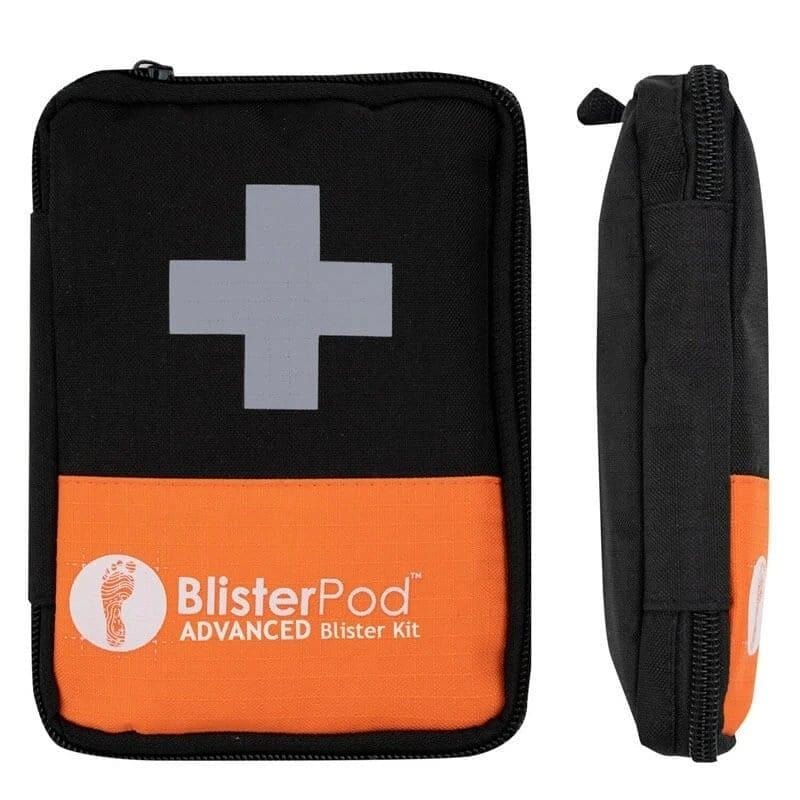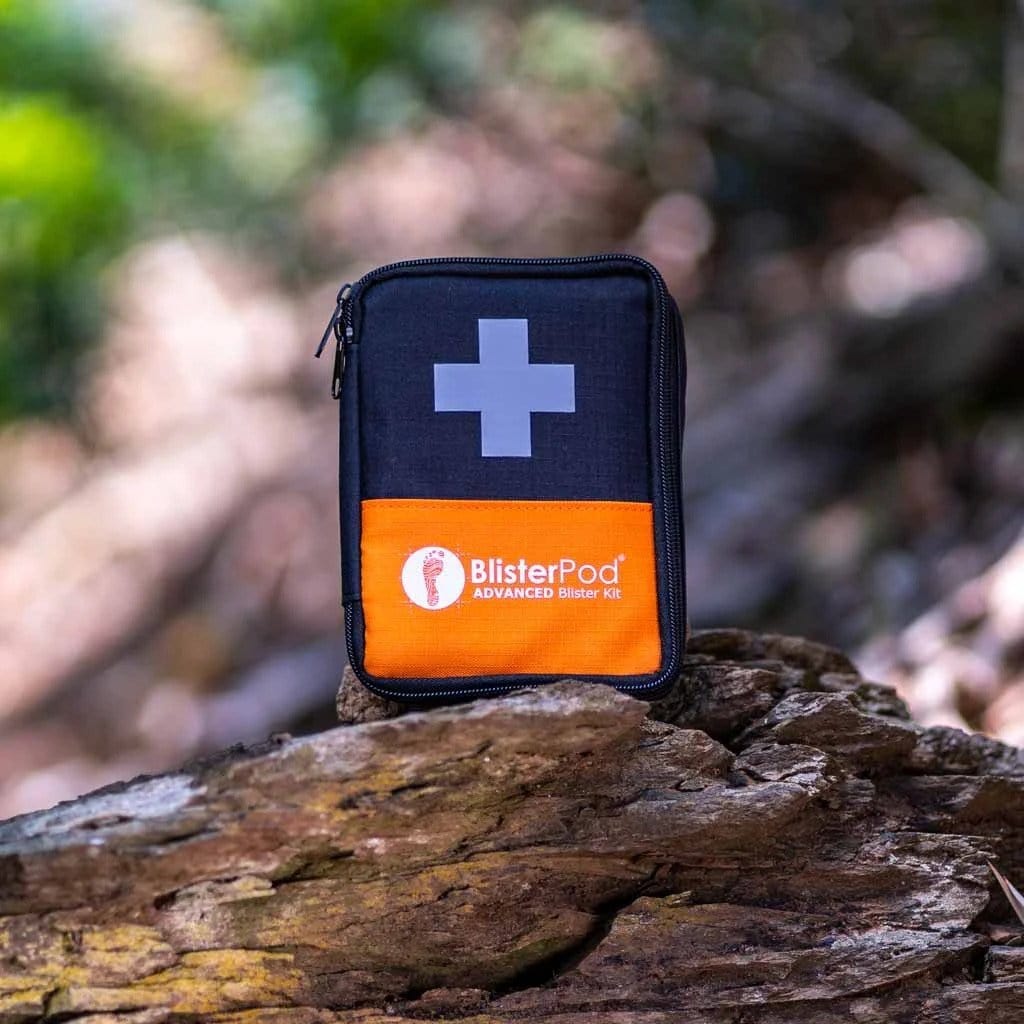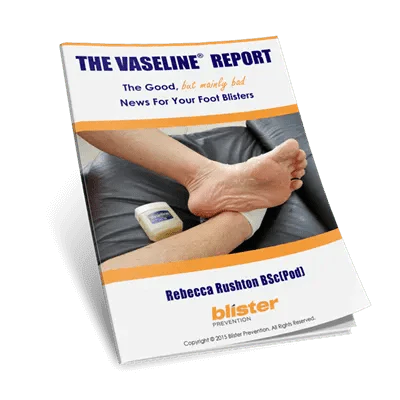In a conversation with American podiatrist and blister researcher Dr Doug Richie, Doug asked my thoughts on marathon race day foot blisters. Specifically, why foot blisters were so common in the early stages of marathons, but not in training. I had to admit that while I know marathon blisters are common, I didn't realise they often occurred early on in the race. As a podiatrist who attends 6-Day ultramarathon events, I tend to see blisters mostly from the 24-48 hour mark. Doug has been a marathon runner himself. Plus, he has manned the medical tents at various marathon events and treated many marathon blisters. Specifically, he recounts his time in the medical tent at the Long Beach marathon.
We did a survey of runners in the medical tent after the Long Beach marathon many years ago. At least 50% of the runners with blisters on race day stated that they did not blister at all during training.
What Causes Race-Day Marathon Blisters?
After interviewing the runners after the race, here's what Doug concluded:- On race day, runners are nervous and excited. The sympathetic nervous system is working at high levels and over stimulating the eccrine sweat glands of the feet.
- Most runners have wet socks by the start of the race due to # 1 above.
- Contrary to training, runners in a marathon encounter many aid stations with ample water. A common practice is to pour water over their heads since it is plentiful and easily accessed - contrary to normal training. Water runs off the head and body and into the shoes.
- Most runners push harder on race day, running faster than during training. This intensifies magnitude and frequency of loading in the foot.
- Finally, I am amazed how many runners wear brand new socks or even brand new shoes on race day. Big mistake.








